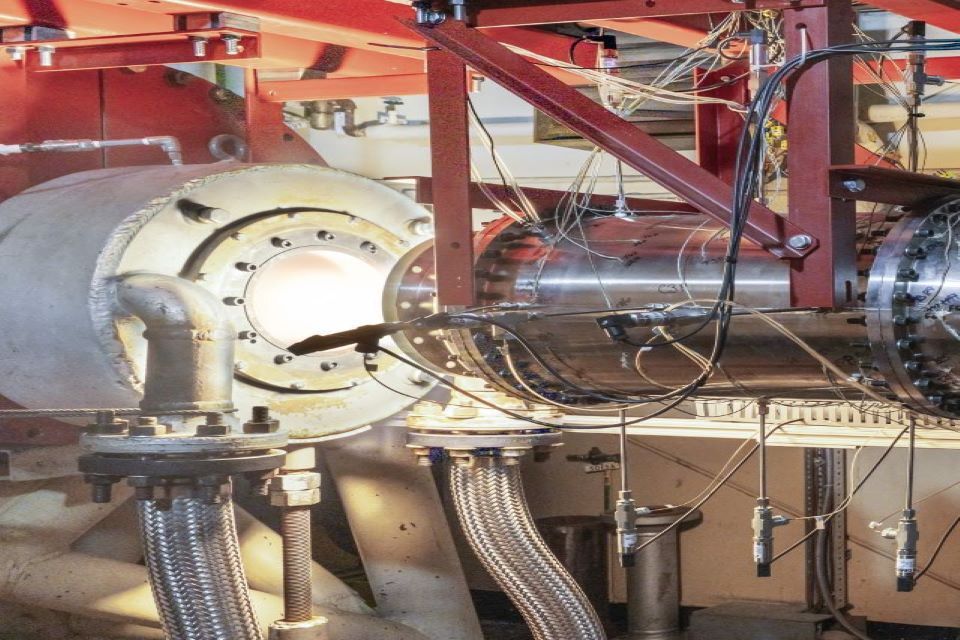
UK and US Achieve Breakthrough in Hypersonic Missile Engine Development
Hey everyone, big news out of the defence world—especially if you're keeping an eye on the next generation of military tech. The UK and the US have just hit a serious milestone in the race to develop hypersonic weapons. This is a major leap forward that could completely transform the UK’s defence capabilities over the next few years.
So here’s the scoop. A collaborative effort between the UK Ministry of Defence and the US Air Force Research Laboratory has successfully completed a large-scale test campaign on a hypersonic propulsion system. And we’re not talking about a couple of trial runs here—we’re talking 233 static test runs carried out over six intense weeks. These took place at NASA’s Langley Research Centre in Virginia and were supported by key industry players, including a British SME called Gas Dynamics Ltd. It’s a big deal for UK science and tech, especially since the propulsion system at the heart of all this is intended to power a future hypersonic cruise missile.
The engine tested is a high-speed, air-breathing type, which means it can achieve speeds beyond Mach 5—that’s five times the speed of sound—and still remain maneuverable. Compared to traditional rocket-based systems, this new propulsion tech offers significantly greater range and speed, giving the UK armed forces a crucial edge in future conflicts.
Also Read:- Canada Warns Travellers of Heightened Scrutiny at U.S. Border
- Broadway Boy’s Brave Fall and Hopeful Return from the Grand National
What's more impressive is the scale and scope of the testing. It covered the entire Mach number range, from supersonic to full hypersonic speeds. That’s important because it proves the engine isn’t just fast—it’s reliable across various phases of flight, which is exactly what you need in real-world operations.
This breakthrough is part of the UK’s “Team Hypersonics” initiative, aimed at delivering a demonstrator weapon system by 2030. And the timing couldn’t be more crucial. With global tensions rising, staying ahead of the curve in defence tech is a national priority. In fact, this development comes right after the Prime Minister announced the biggest sustained increase in defence spending since the Cold War. Hypersonic weapons, along with air defence and directed energy systems, are right at the core of that vision.
Defence Secretary John Healey summed it up well: we’re living in a more dangerous world, and keeping our forces equipped with cutting-edge tech is essential. He also emphasized how vital the UK-US partnership is in staying ahead of adversaries—and honestly, this project is a shining example of that collaboration in action.
Dstl’s Chief Executive Paul Hollinshead added that this marks a critical step in the UK’s standing within the AUKUS hypersonic programme, which also includes Australia. That trilateral partnership is focused on future-ready capabilities, and this successful testing phase sends a strong signal that the UK is not just keeping up—it’s helping lead.
The test data is now being analyzed further to fine-tune the engine's design and enhance performance. But make no mistake—this isn’t just a test on paper. It’s a foundational moment for the future of UK defence strategy.
So yeah, huge milestone, and definitely one to watch as the UK and its allies move closer to fielding hypersonic weapons that could redefine modern warfare.
Read More:

0 Comments